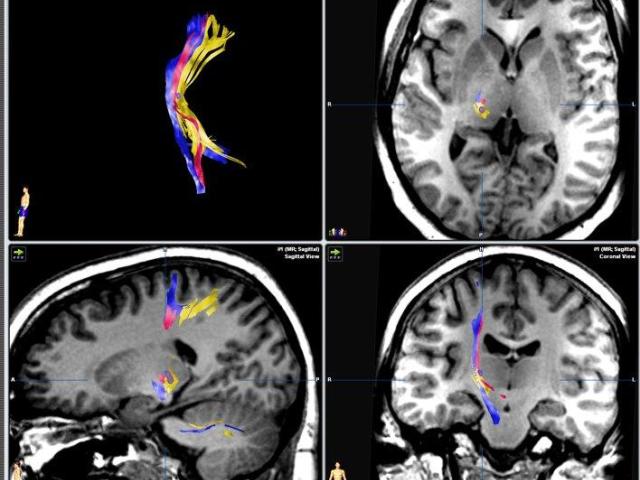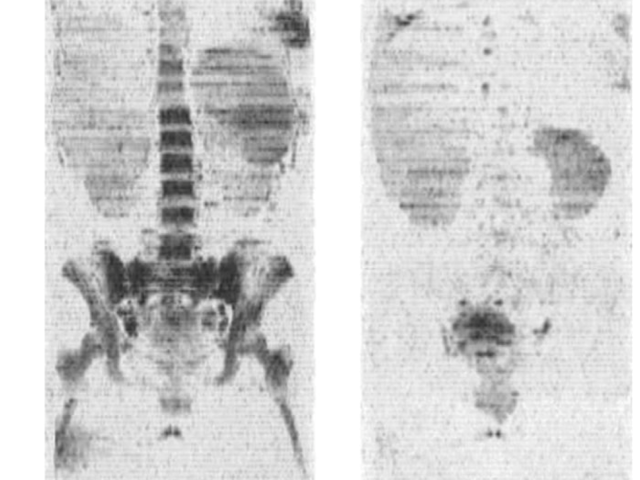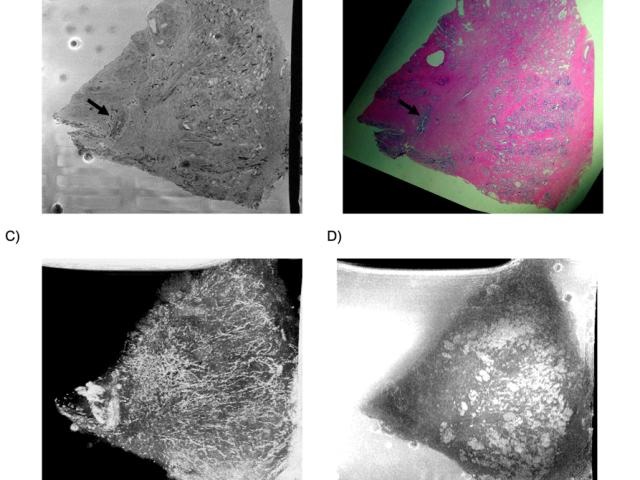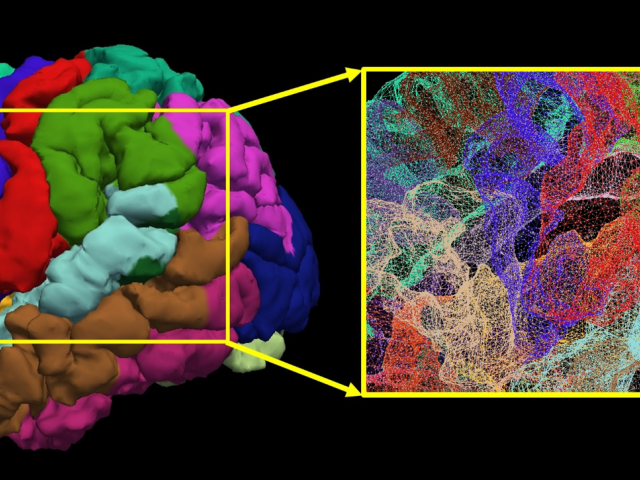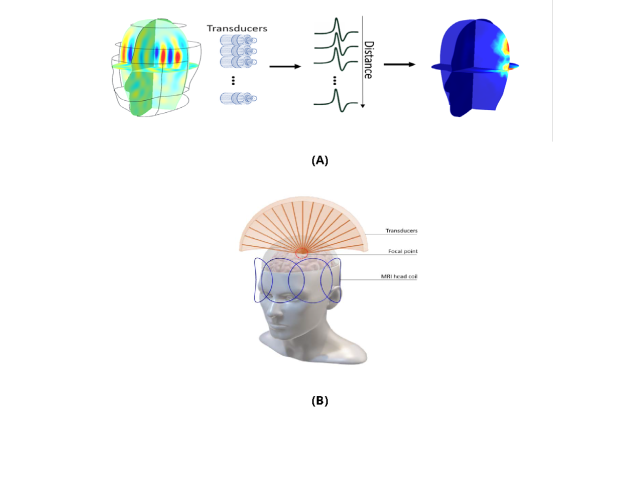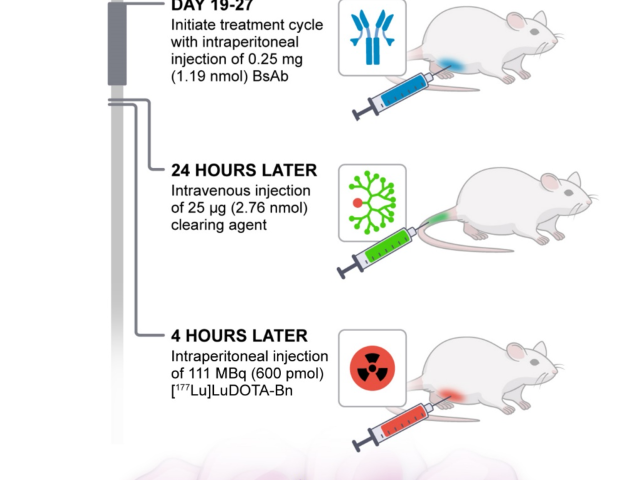DTI fiber tractography identifying the thalamic ventralposterolateral nucleus
The purpose of this project was to preoperatively identify the thalamic ventroposterolateral nucleus by diffusion tensor imaging (DTI)-fiber tractography and confirm it intraoperatively. A variety of pain syndromes have been treated successfully with deep brain stimulation (DBS) by targeting the thalamic ventroposterolateral (VPL) nucleus. We found that DTI has the potential to identify the...
Retrospective analysis of quantitative imaging biomarkers as predictors of brain tumor clinical outcome and pathology
Although advanced imaging techniques provide quantitative, metabolic and functional data about brain tumors, it is evident that, as yet, there is no single technique that can offer a complete picture of brain tissue and tumor characterization. By generating a database of all brain tumor patients and their radiological and pathological studies and genetic biomarkers, we perform hypothesis-driven...
Major cyclotron upgrades and refurbishment
Award or Grant: National Institutes of Health (NIH), S10OD030447The lab’s research efforts using iodine (I)-124 positron emission tomography (PET) to image viral vectors require a cyclotron for production of the radioisotope. The cyclotron, in turn, requires special targetry to produce iodine (I)-124. The research resources at the Citigroup Biomedical Imaging Center (CBIC) include a 19 MeV...
Magnetic resonance studies of bone marrow hematopoiesis
Award or Grant: National Institutes of Health (NIH), R01EB002070 The Ballon lab has developed new methods for whole-body imaging of metastatic disease in oncology. The lab introduced a rapid, whole-body magnetic resonance imaging (MRI) technique for leukemia and metastatic cancers including prostate and breast cancer. The method is based, in part, on measurements of intracellular water self-...
Techniques for magnetic resonance microscopy
Award or Grant: Radiological Society of North America (RSNA) Research and Education Foundation Roentgen Resident/Fellow Research AwardResidents and fellows rotating through the Ballon lab have developed methods for imaging specimens using magnetic resonance imaging (MRI) at high spatial resolution. In one project, the lab achieved high-contrast, high-resolution MR microscopy (MRM) of murine...
Multiparametric MRI imaging of CLN2 (a form of Batten disease)
Award or Grant: National Institutes of Health (NIH) (R01NS061848, U54NS065768). The Lysosomal Disease Network (U54NS065768), which is part of the National Center for Advancing Translational Sciences (NCATS) Rare Diseases Clinical Research Network (RDCRN). Late infantile neuronal ceroid lipofuscinosis (LINCL) is a rare uniformly fatal pediatric neurodegenerative disease resulting from a mutation...
DCE-MRI of osteogenic and Ewing’s sarcomas
As a post-doctoral fellow, Dr. Dyke developed the first technique at Memorial Sloan Kettering Cancer Center (MSKCC) to non-invasively assess the grade of neoadjuvant chemotherapy in pediatric subjects with osteogenic or Ewing’s sarcomas using dynamic contrast enhanced (DCE)-MRI. This technique is still in use and lets the orthopedic surgeon determine tumor response to chemotherapy prior to...
Thermoacoustic SAR monitoring tool (TASAR)
The rapid and successful advancement in ultra-high field (UHF) magnetic resonance (MR) scanners (7 tesla (T) or higher) has led to improvement in the spatial and temporal resolution and the signal-to-noise ratio (SNR) per unit time of MR images. However, imaging of human-sized objects at high frequency (Larmor frequency of 1H ≥ 300 MHz) presents a key limitation quantified by an excessive...
Adaption of DOTA-PRIT to image-guided α-particle therapy with 203Pb/212Pb
Lead-212 (212Pb) is a very promising α-emitting radionuclide for targeted radiotherapy (t1/2 = 10.6 h) with an elementally matched γ-emitting isotope lead-203 (203Pb) (t1/2 = 52 h) that can be used as an imaging surrogate. We are currently exploring candidate 203Pb/212Pb radiohaptens, and establishing anti-tumor efficacy with DOTA-ligand bound radionucleide based pretargeted radioimmunotherapy (...
Intraperitoneal pretargeted radioimmunotherapy for colorectal peritoneal carcinomatosis
We developed theranostic intraperitoneal DOTA-ligand bound radionuclide-based pretargeted radioimmunotherapy (DOTA-PRIT) for treatment of peritoneal carcinomatosis. Mol. Cancer Ther.: 2022 Jan;21(1):125-137.



